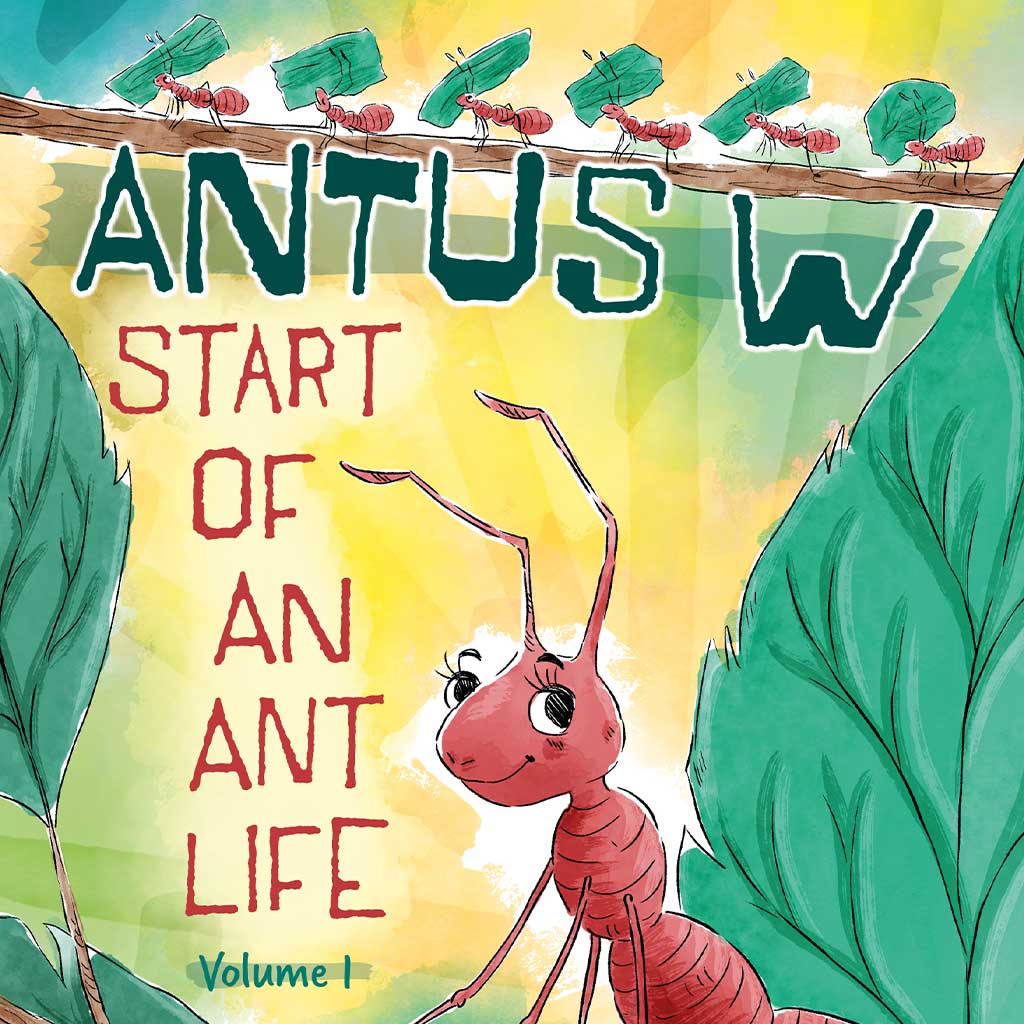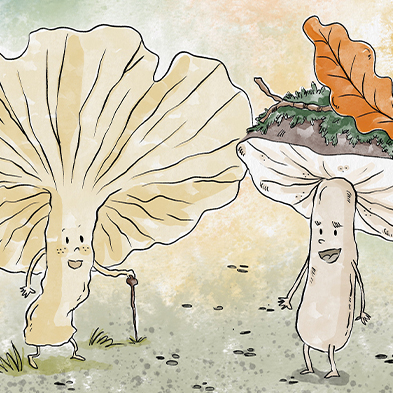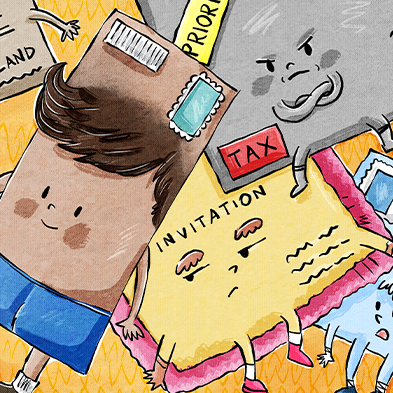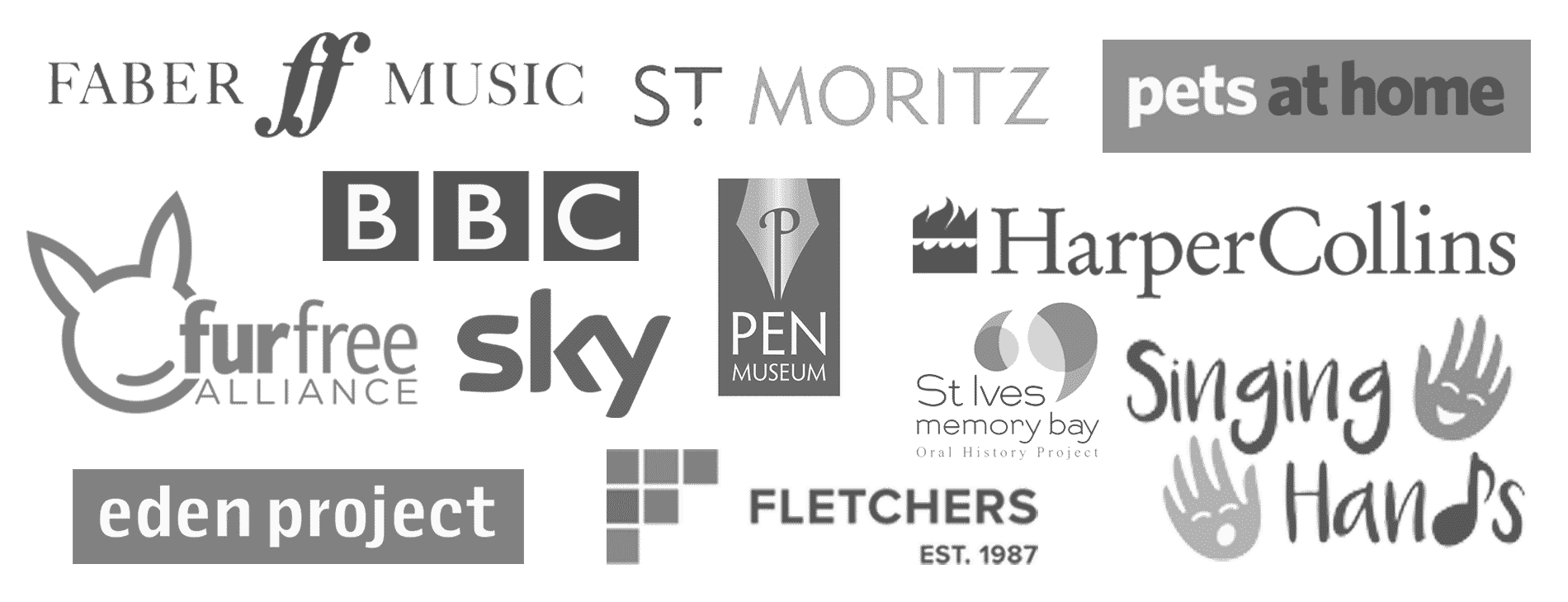 Superheroes have been a huge success and have been going since 1930’s. These heroes have fought evil villains, monsters, aliens and even each other. Throughout their long history. Stories that are either utter triumph or utter disaster, these are superhero’s at their best. Displaying tremendous strength and powers, keeping peace with the law but defeating the evil villans, making them the perfect citizen. The genres loved it, and were demanding more and more. The flamboyant coloured costumes and remarkable powers are marvellous fantasies that many teenagers and children find inspiring.
Superheroes have been a huge success and have been going since 1930’s. These heroes have fought evil villains, monsters, aliens and even each other. Throughout their long history. Stories that are either utter triumph or utter disaster, these are superhero’s at their best. Displaying tremendous strength and powers, keeping peace with the law but defeating the evil villans, making them the perfect citizen. The genres loved it, and were demanding more and more. The flamboyant coloured costumes and remarkable powers are marvellous fantasies that many teenagers and children find inspiring.
There are two types of superhero, the traditional hero and the Marvel hero. Both of these heroes hold on to constant tension between self-indulgence and self-restraint which are demanded by consumer culture.
The traditional hero was born a superhero so he has no problems facing who he is. He is a tremendously good looking man, tall, dark eyes and hair. He is an attraction to women, as they see him as a remarkable, muscular fantasy. This also emphasis his masculinity. His muscles and courage are a strong part of his characterization. He keeps his superhero identity hidden therefore to not draw attention to his other personal life. Traditional superheroes morals are aimed at helping the law enforcements, protecting the innocent and help stop the villains.
DC Comics Superman is a great example of the traditional hero. He was created by American writer Jerry Siegel and Canadian artist Joe Shuster. The story of a news reporter Clark Kent and his amazing transformation into the heroic superman was a huge hit with the comic genre. His first heroic appearance was in June 1938 in ‘Action Comics #1’.This was the start of the superhero era which has developed into a huge market.
The Marvel characters were born non-superheroes. (excluding the Xmen) They are ordinary human beings generally working in science, with no powers or amazing talents. They only become heroes as a result of freak accidents for example radiation explosions or exposure. Spiderman and the Incredible Hulk are fine examples of this. They both were created by Jack Kirby and Stan Lee for Marvel Comics. I have given the Marvel characters the name ‘Marvel Misfits’. I have done this because they clearly are misfortunate beings that have been burdened or demanded by fate. Causing them to be misfits in society. Emotionally volatile and conflicted about whom they want to be. They suffer as their bizarre change into a hero presents them with a split personality. When they transform into a superhero they are dramatically changed, physically and mentally. Most marvel characters are geeks or outcasts that are weak, scrawny men/boys. So this shows the extent of their change.
– Post Written By Sarah-Leigh Wills 2014 – Taken from my Dissertation: ‘Is the ‘Marvel Misfit’ a better role model than the traditional superhero?’ Written February 2007.
Image Reference:
http://www.comicvine.com/marvel/4010-31/forums/top-10-most-powerful-marvel-characters-675807/
Bibliography
Men of tomorrow; Geeks, Gangsters and the birth of the comic book. By Gerrard Jones. Published by Basic books. 2004.
Comic book nation; the transformation of youth culture in America. By Bradford W. Wright. Published by The John Hopkins University Press. 2001.
The Classic era of American comics. By Nicky Wright. Published by Prion books LTD. 2000.
Return to the amalgam age of comics, The Marvel comic collection. By Stan Lee. Published by Titan Books LTD 1998. (Graphic novel)
DC Versus Marvel comics. Published by DC comics 1996 (Graphic novel)
Ultimate X-Men, The Tomorrow people. Marvel graphic novel, by Mark Millar. Published by Panini Publishing 2001.
The Aesthetic of comics. By David Carrier. Published by the Pennsylvania State University 2000
Comics and Ideology. Edited by Matthew P.Mcallester, Edward H.Sewell, Jr. and Ian Gordon. Published by Peter Lang Publishing, inc. 2001.
DC Comics, A celebration of the world’s favourite comic book heroes. By Les Daniels. Published by Virgin Books LTD 2004.
Spiderman the ultimate guide. By Tom Delfalco. Published by Dorling Kindersley LTD 2001.
Marvel Visionaries, Volume two. By Jack Kirby. Published by Marvel Publishing, Inc 2006.
How to read superhero comics and why. By Geoff Klock. Published by The Continuum International; Publishing LTD. 2002.
Fantastic Four, the ultimate guide. By Tom Defalco. Published by Dorling Kindersley LTD 2005.
Reading comics, language, culture and the concept of the superheroes in comic books. By Mila Bongco. Published by Garland Publishing, Inc 2000.
Comics, comix and graphic novels, a history of comic art. By Roger Sabin. Published by Phaidon press LTD 1996.
The language of comics, word and image. By Robin Varnum and Christina T.Gibbons. Published by Press of Mississippi 2001.
The art of the comic book, an aesthetic history. By Robert C.Harvey. Published by University Press of Mississippi 1996.
Five Fabulous decades of the worlds greatest comics, MARVEL. By Les Daniels. Published by Marvel Entertainment group, Inc 1991.
Dictionary of Literacy Terms and Literacy Theory. By J.A. Cuddon. Published by penguin books 1999.
Websites:
www.marvel.com
www.dccomics.com




